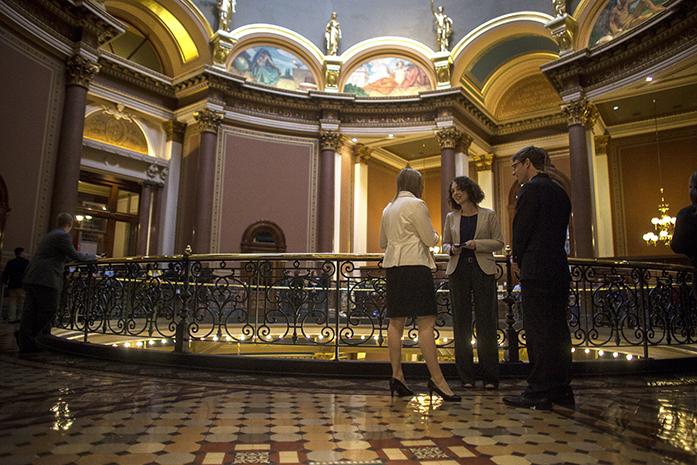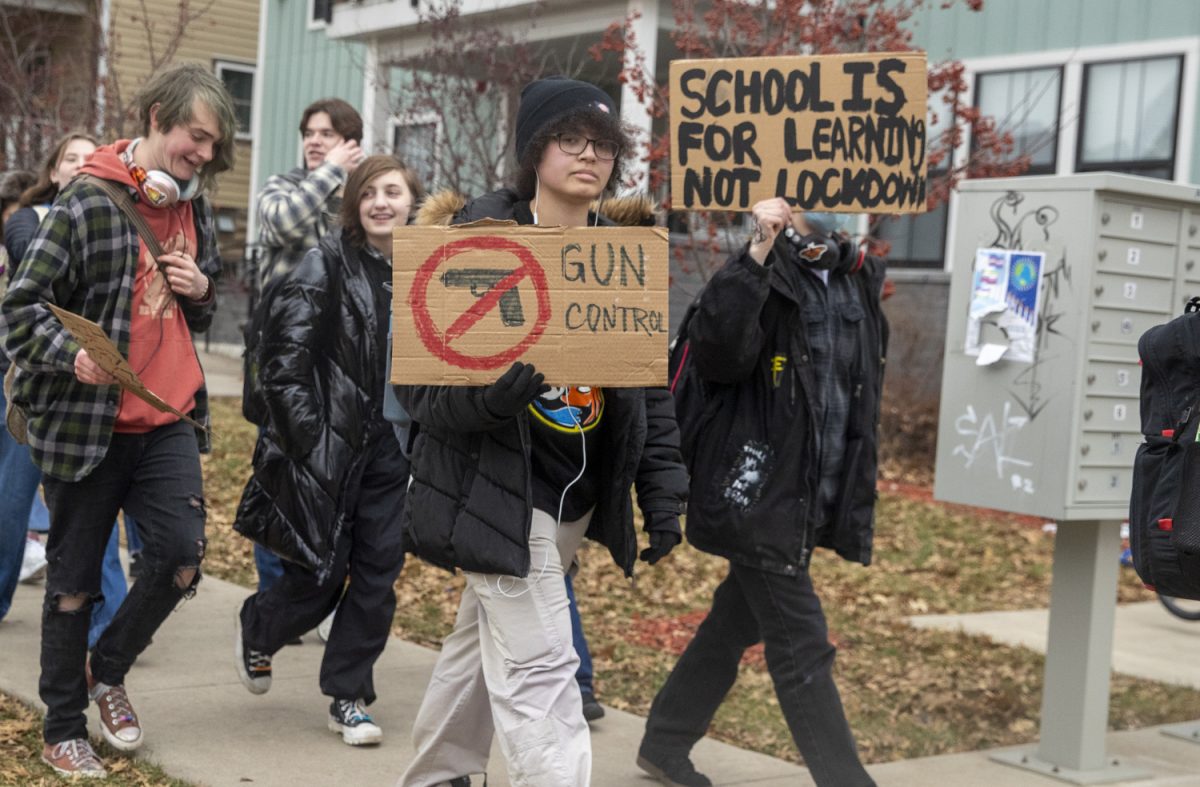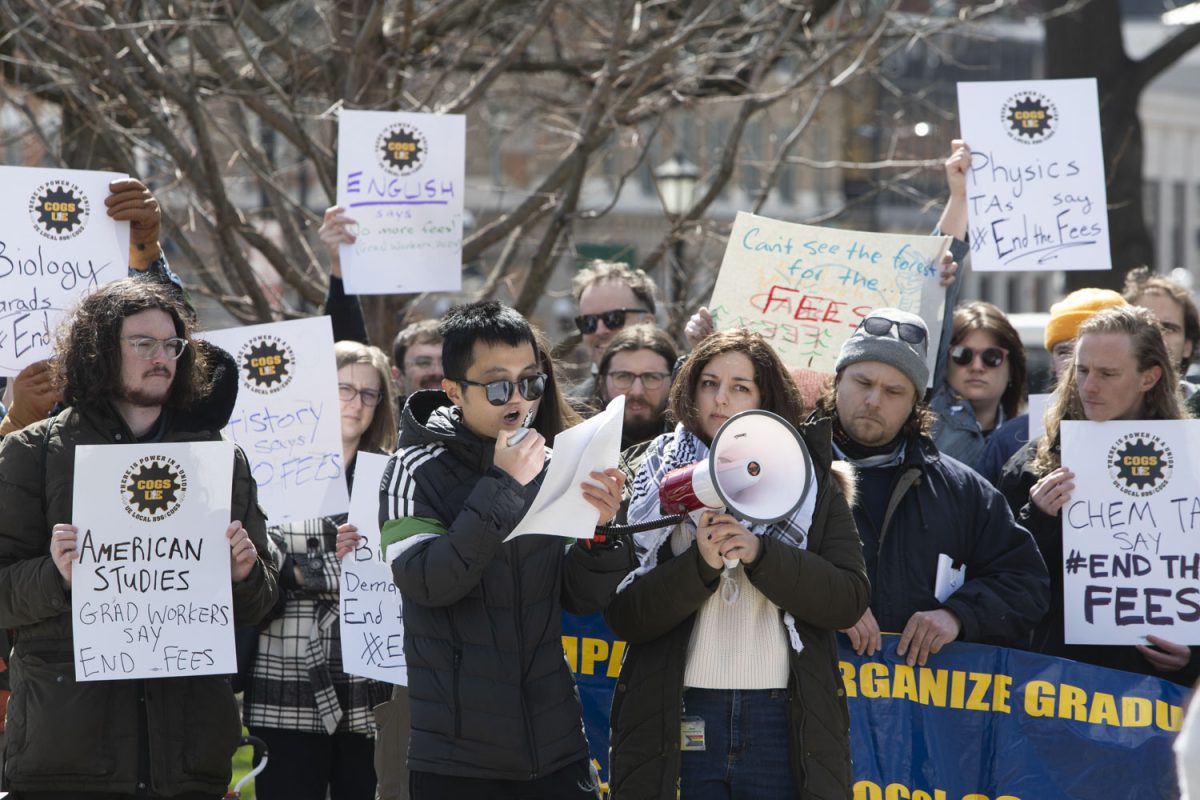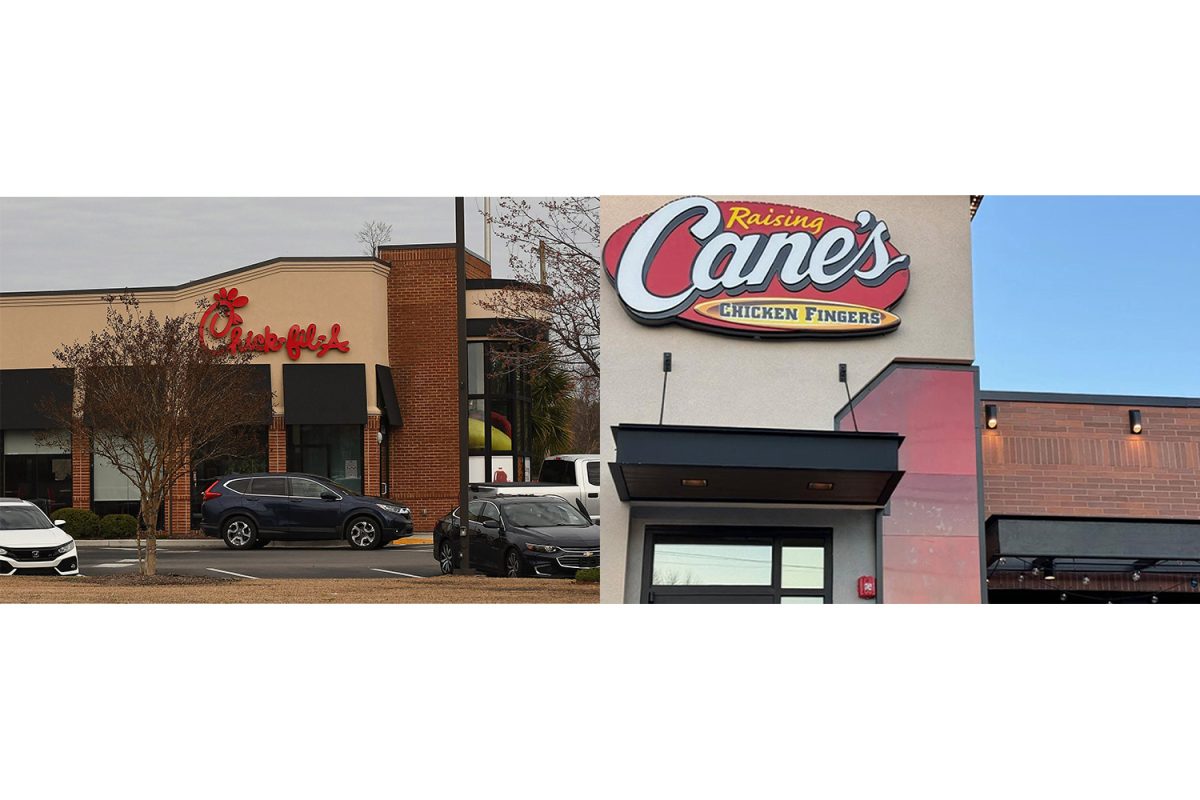The Iowa House of Representatives has approved Senate File 2324, which allocates $84.6 million for rebuilding Iowa infrastructure. The budget includes provisions for a $10 million renovation of the State Capitol dome, a much-needed renovation. Still, as the Des Moines Register reported Monday, there are more than $600 million of renovations needed throughout the state. Of the $84.6 million, $5.5 million will address major structural issues in state-owned buildings. The budget will be brought to a joint legislative committee to be completed.
While the Capitol dome is iconic architecture in Des Moines, there are far more serious issues facing the buildings and infrastructure of Iowa. Structural integrity is essential for the basic safety of state employees. Places such as the Wallace State Office Building and the State Historical Building have had repeated problems with maintenance and structure. In August 2015, the Council Bluffs Daily reported on the temporary closure and required renovations to the Thurman Post Office in southeast Iowa. Also in August, the Associated Press reported on an elementary school that had to have its classes in the district’s middle school because of structural deficiencies in the elementary school. The building is more than 100 years old.
Gov. Terry Branstad is opposed to any system of bonds or loans in order to pay for the statewide problems. Fiscal responsibility is his aim, but infrastructure spending is an area in which spending money can save money in the future. Instead of addressing issues today, pushing maintenance issues down the road will only lead to problems getting worse. Without renovations, the probability of buildings needing to be replaced entirely increases, and the costs facing the state will only rise. Kicking costs down the road can disrupt classes and businesses, like in August 2015.
Beyond state-owned buildings is the continued lack of attention to the high number of dangerous bridges and crumbling roads and waterways in Iowa. The spending is reflective of the problem — both are deficient.
With such stringent penny-pinching in the infrastructure budget, it is highly questionable that the Capitol dome will receive such a large amount of the infrastructure spending this year. The Capitol is beautiful and deserves to be maintained, but serious issues in and outside of Des Moines are more pressing and practical. If historical importance is the matter at hand, then perhaps the money would be better spent toward the Iowa Historical Museum, which joins the list of buildings facing major need for renovation.
With all that said, the amount of money Iowa public universities consume for building projects can’t be overlooked. A more focused, long-term approach to construction and expansion in Cedar Falls, Ames, and Iowa City could go a long way for the rest of Iowa’s infrastructure.
The Daily Iowan Editorial Board believes the structures of Iowa deserve the attention they need. Instead of addressing the issues facing the Capitol’s dome, attention should be shifted to roads, schools, bridges, and state facilities. Further, the long-term bonds proposed by Iowa House Democrats should be considered. Long-term bonds can build debt, but a pay-as-you-go spending style leads to higher infrastructure costs and dangerous, deficient, or disruptive environments for commerce and travel across the state.









